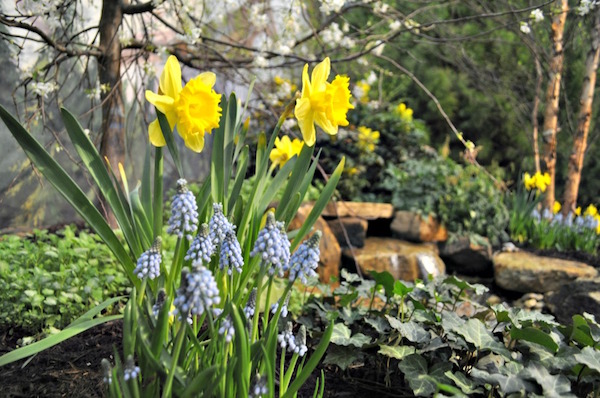
For all the information out there on creating, nurturing, and maintaining lawns and gardens, some myths continue to lead to common landscaping mistakes. The difficulty in sticking to good landscaping methods and maintenance is one of the most underestimated aspects of home maintenance. Yet, there is also no easier way to take pride in the appearance of your home. You may have thought, uttered, or overheard the following statements, but don’t let them fester into dangerous landscaping habits.
“By watering my lawn in the evening, I’m conserving water.”
This is a big one that can lead to costly landscaping mistakes. Yes, many homeowners over-water their lawns, but the idea that watering your lawn after the sun goes down makes the water “go further” is sheer folly. Instead, the water ends up sitting on top of your lawn, allowing lawn fungus and disease to germinate. In the end, you may need to rip out and replace your entire lawn. Most lawns need only .5″-1″ of water each week, and for most climates, keeping it damp during the middle of the day in summer is usually all it needs. If you want to conserve water, you’re much better off installing low-flow toilets, showers, and dishwashers.
“If I mow my grass shorter, I won’t need to do it as often.”
When you adjust your lawn mower to a shorter setting, you’re robbing your lawn of its ability to produce sugar from photosynthesis, exposing sensitive root systems to excess sunlight, and allowing weeds to capture more sunlight and grow themselves. The grass must race to produce new blades using additional sugar reserves. Letting the grass grow long, then cutting it short can shock your lawn system. The clippings will be too thick to leave on your lawn, removing nutrients from the system. Dramatic cutting removes more of the leaf, leaving mostly bare stock. Thus, the plant is unable to produce extra shoots and brown patches are often the result. This, in turn, leads homeowners to think their lawns need more watering, a dangerous course of action for a lawn already weakened by shortened blades.
“I don’t need professional landscaping services.”
Many homeowners think that since landscaping services lack the technical skill requirements of siding or plumbing installation, it’s inherently a DIY project. It’s true that most people can mow their own lawns or plant a few shrubs, but the opportunity provided by professional landscaping companies shouldn’t be prematurely dismissed. In fact, contrary to many homeowners’ perceptions, professional landscaping is one of the most common, moderately-sized home improvements out there. Along with asphalt roofing and bathroom remodels, residential landscaping is one of only three projects that sees more than 50,000 online requests per year and has an average cost over $4,000, according to HomeAdvisor, leading online resource connecting homeowners and home improvement contractors.
Ready to start your landscaping?
Find Pros“All residential landscapes need a lawn.”
This one is in the process of changing from myth to fad. Indeed, most homeowners are aware of the concept of grassless lawns, even if they dismiss it as a purely environmental choice. The reality is a beautiful, enviable landscape can be easily had with a grassless landscape design. Any combination of ornamental grasses, rocks, natural or rubber mulch, trees, shrubs, and gardens can cover your property and look great doing it. Plus, many homeowners seek the minimal cost and time commitment associated with grassless lawns. Often, professional landscaping services are used precisely to plan and install this type of lawn. In fact, traditional lawn care comprises barely more than one-third of all requested landscaping services, according to HomeAdvisor.
“All landscaping is good landscaping.”
This last myth is loaded with potential mistakes. Although an unadorned lawn is a missed opportunity to create or enhance your home’s curb appeal, ill-advised landscaping can cause more damage than its worth. One of the most common mistakes is to plant and cultivate trees and shrubs too close to a home. Trees may allow pests to infiltrate your roofing and attic space, inhibit roofing ventilation, or broken branches may directly damage your roof. Hedges, meanwhile, can trap moisture in your siding and lead to mold and rot. These and other less common mistakes are also important reasons to consider hiring a professional landscaping company. Their general landscaping expertise and local geographical knowledge will help identify potential dangers before they occur.
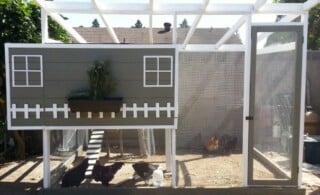 Raising Chickens at Home
Raising Chickens at Home 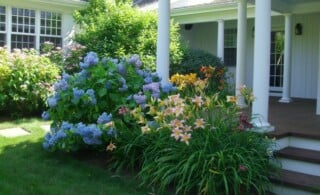 Spring Garden Flower Tips and Suggestions
Spring Garden Flower Tips and Suggestions 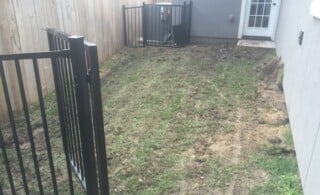 Plan Ahead for a Better Yard
Plan Ahead for a Better Yard 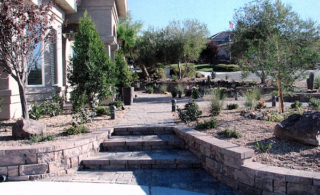 Xeriscaping: Environmentally Wise Landscaping
Xeriscaping: Environmentally Wise Landscaping 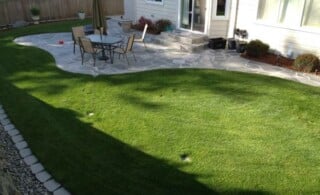 French Drains
French Drains 

Are You Familiar With This Topic? Share Your Experience.